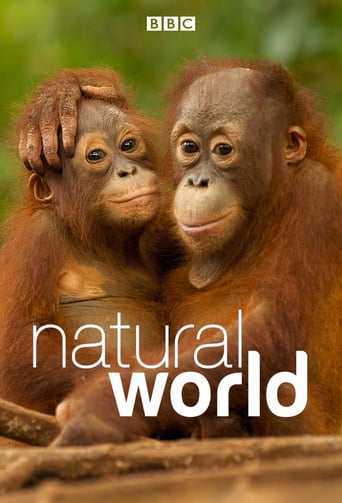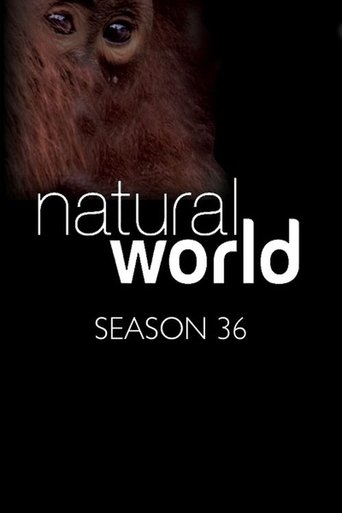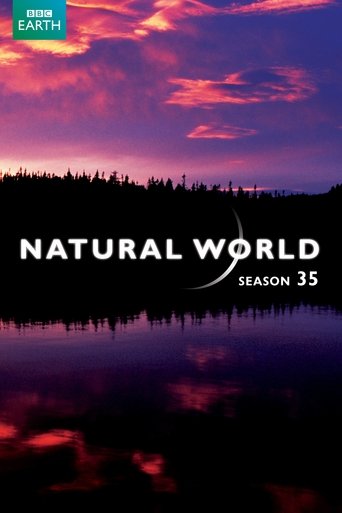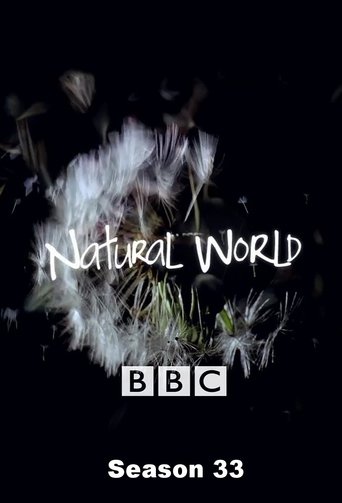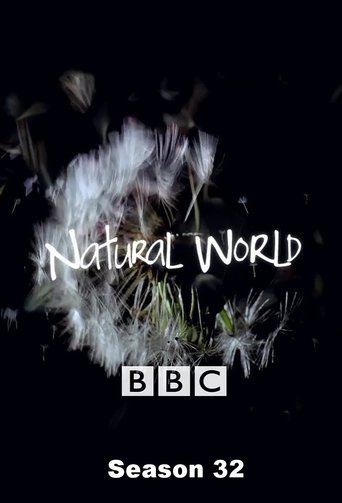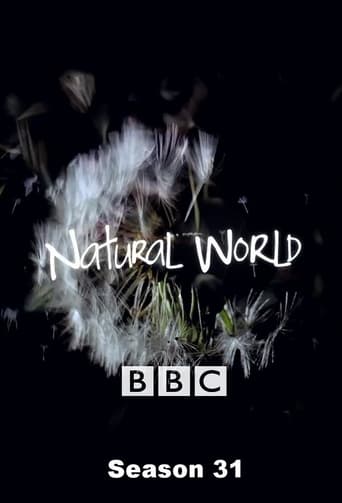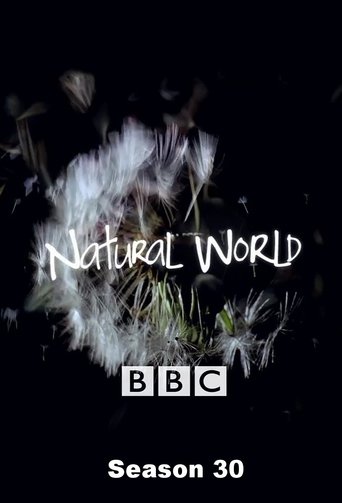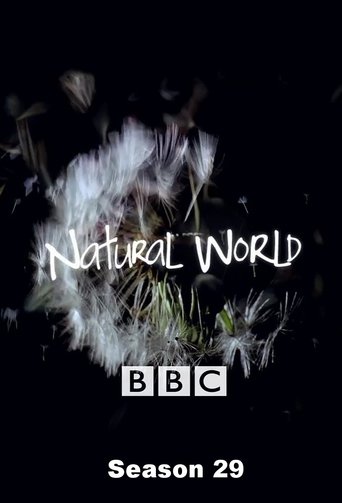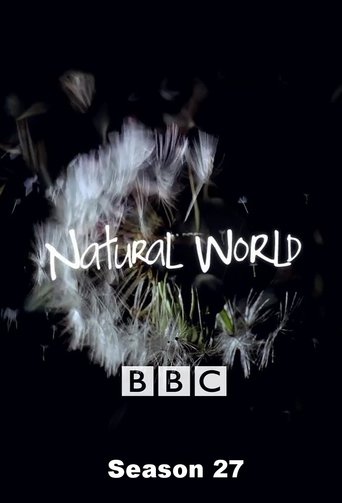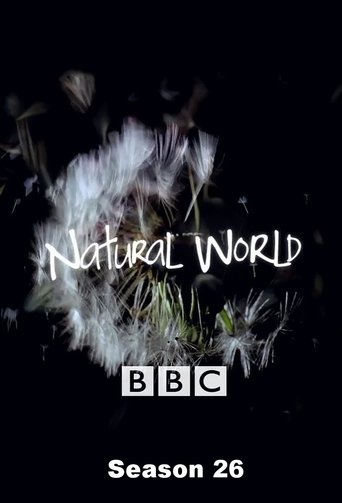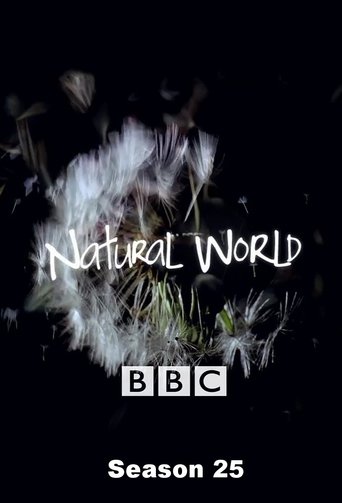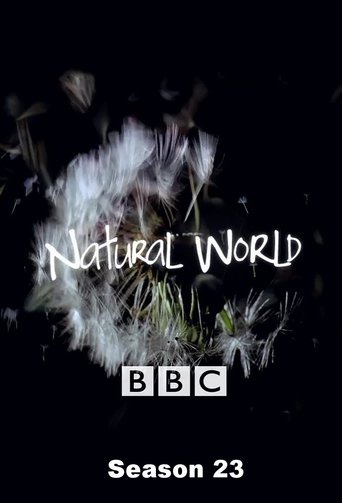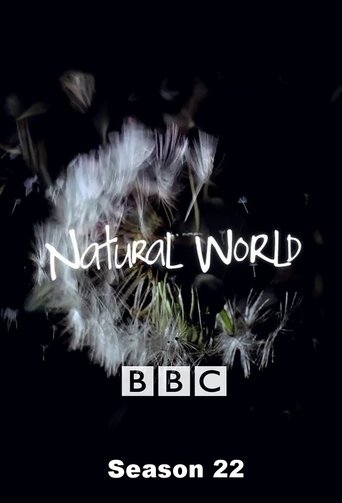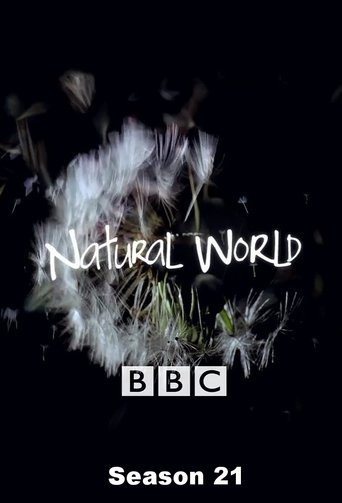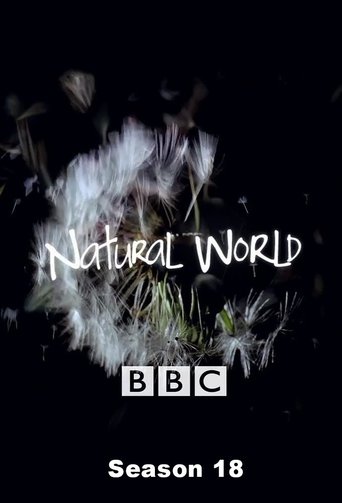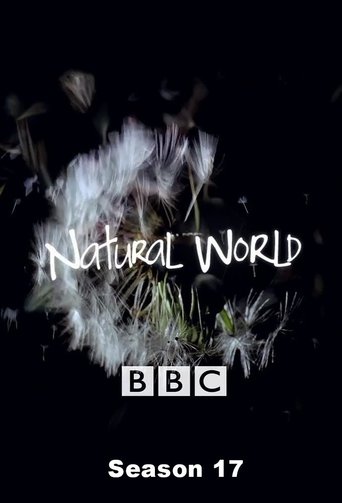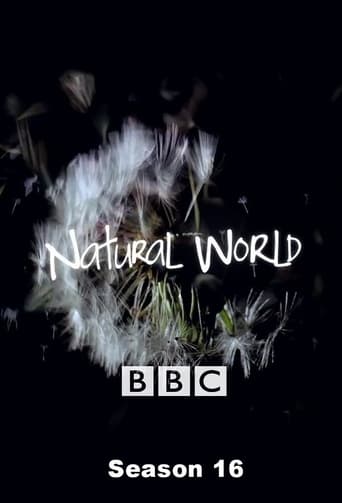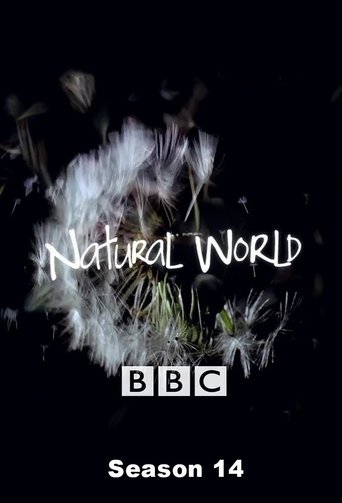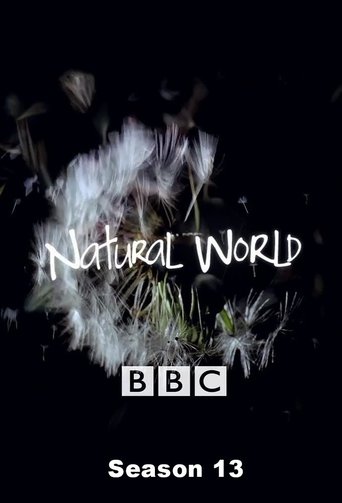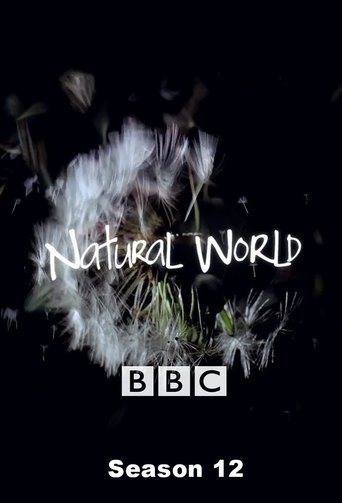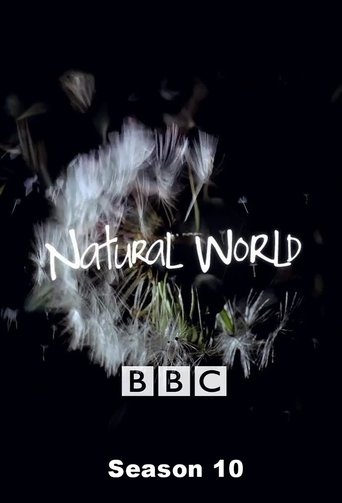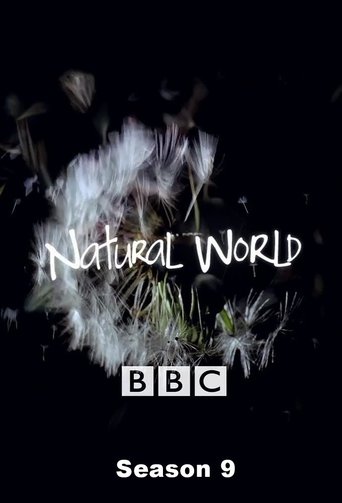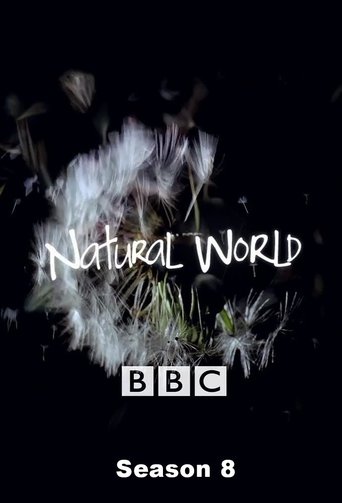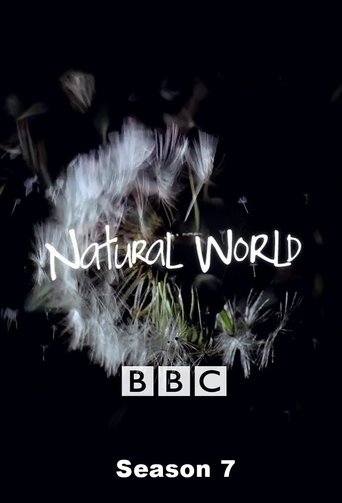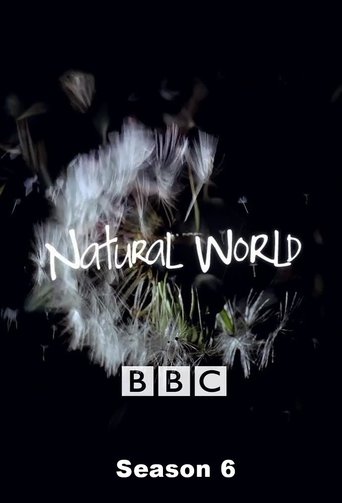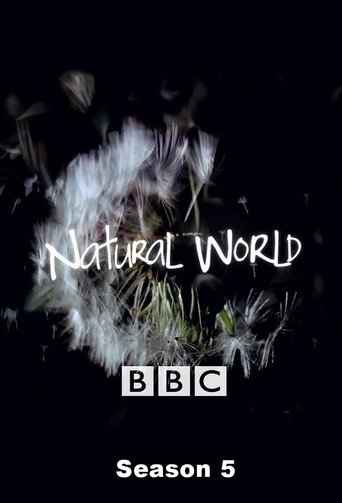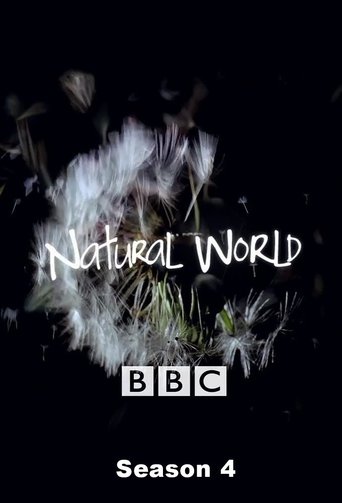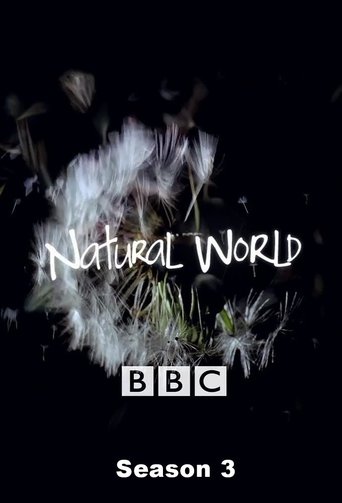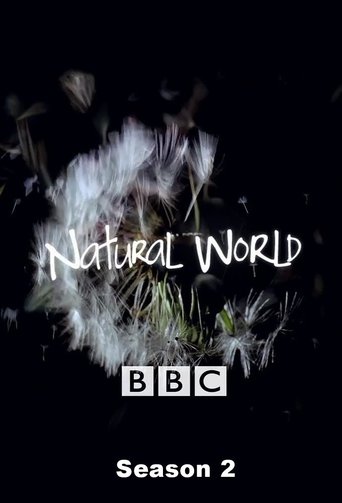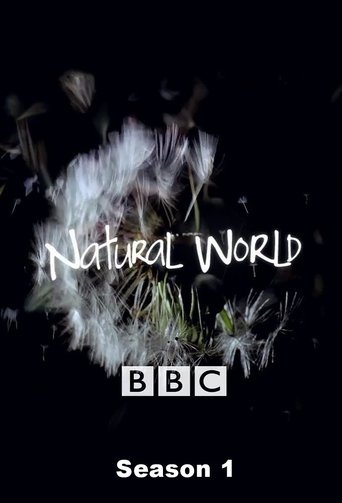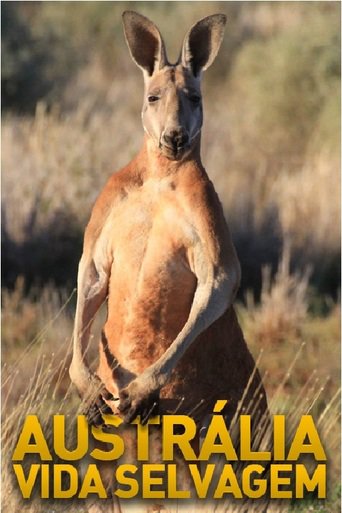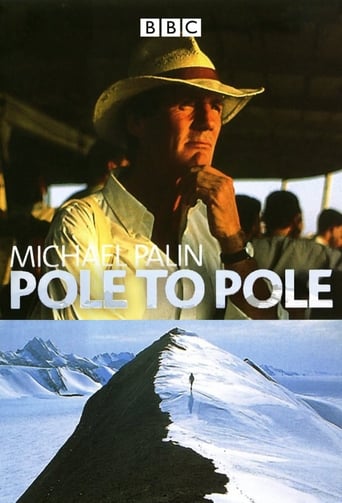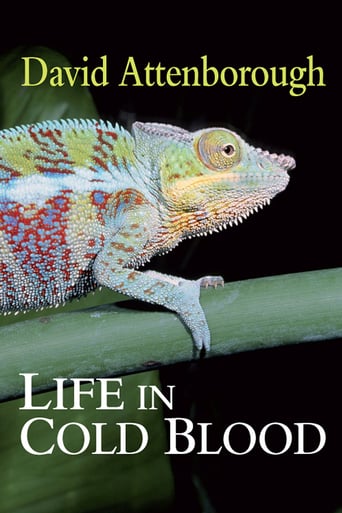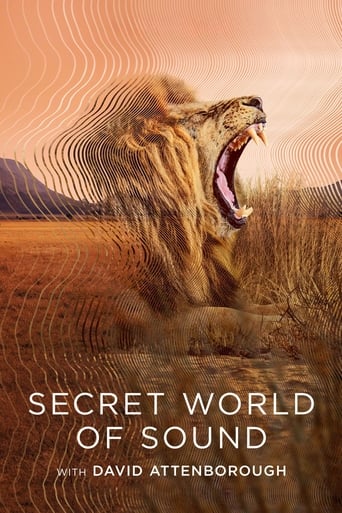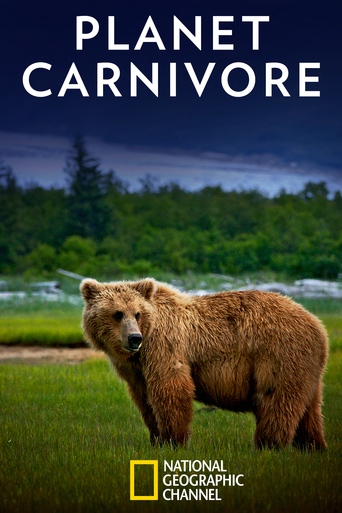Natural World Season 21
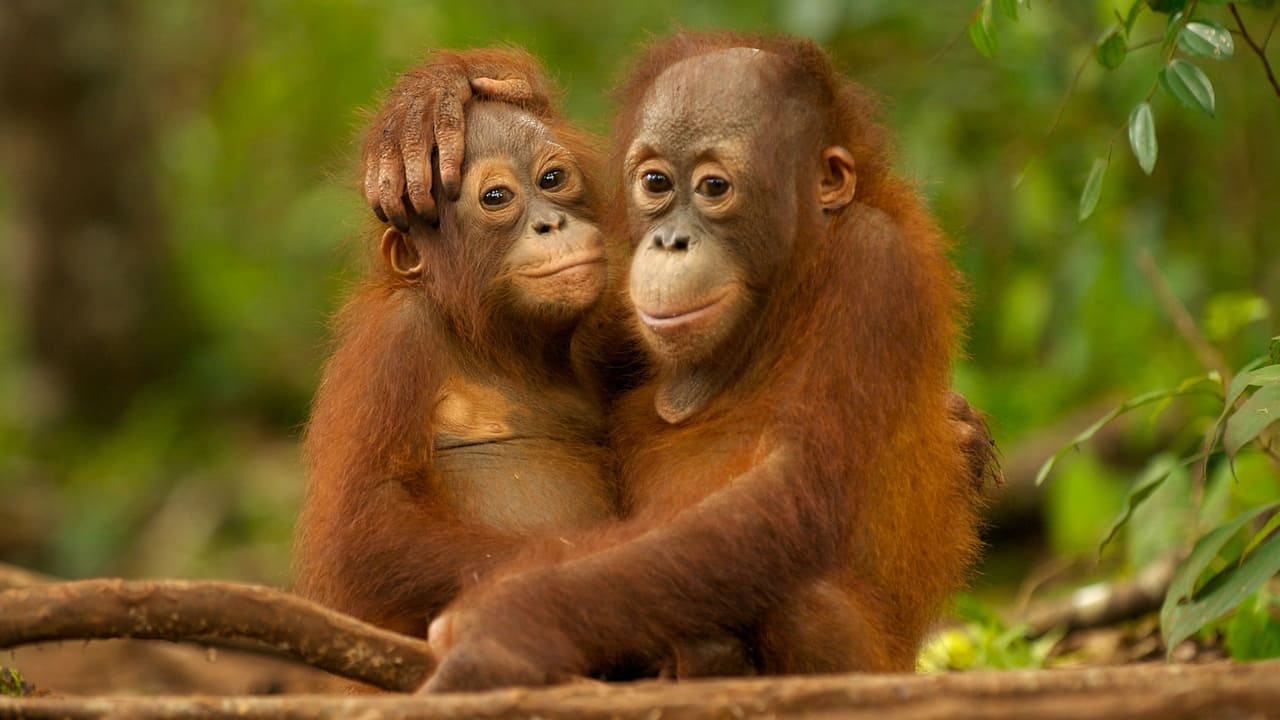
Natural World is a nature documentary television series broadcast annually on BBC Two and regarded by the BBC as its flagship natural history brand. It is currently the longest-running series in its genre on British television, with more than 400 episodes broadcast since its inception in 1983. Natural World is produced by the BBC Natural History Unit in Bristol, but individual programmes can be in-house productions, collaborative productions with other broadcasters or films made and distributed by independent production companies and purchased by the BBC. Natural World programmes are often broadcast as PBS Nature episodes in the USA. Since 2008, most Natural World programmes have been shot and broadcast in high definition.
Watch NowWith 30 Day Free Trial!
Natural World
1983 / TV-PG
Natural World is a nature documentary television series broadcast annually on BBC Two and regarded by the BBC as its flagship natural history brand. It is currently the longest-running series in its genre on British television, with more than 400 episodes broadcast since its inception in 1983. Natural World is produced by the BBC Natural History Unit in Bristol, but individual programmes can be in-house productions, collaborative productions with other broadcasters or films made and distributed by independent production companies and purchased by the BBC. Natural World programmes are often broadcast as PBS Nature episodes in the USA. Since 2008, most Natural World programmes have been shot and broadcast in high definition.
Watch Trailer
With 30 Day Free Trial!
Natural World Season 21 Full Episode Guide
A startling look at the two most destructive animals in South Africa and how their habits are a story of life, death and cooperation. The elephant, the Emperor Moth and the Mopane tree form the backbone of life on the African plains. This delicate ecological triangle determines the livelihood of all the other creatures in its system. The Mopane tree is under attack from rampaging elephants, but even more damaging is the Mopane worm, the caterpillar of the beautiful Emperor Moth. They gather in hoards and strip the trees of their leaves in minutes. But the worms are food for a host of animals - even humans - and the trees are home to a number of unpleasant creatures. What holds the delicate balance in check?
A look at Operation Migration, a major project aimed at introducing rare whooping cranes back into the eastern USA by rearing chicks in captivity and then sending them out into the wild.
David Attenborough narrates this documentary charting a year in the running of Highgrove, home to the Prince of Wales, who takes an active part in the management of the organic garden and estate. Prince Charles is seen monitoring the garden's upkeep, working on the land, planting a new woodland area for the spring and hedge-laying in winter
Documentary about the Africanised honey bee, a notorious killer bee that has spread across the world causing devastation in the natural world. Is there any way of taming this lethal force of nature?
Almost every day for the past 25 years, the Viramba troop of yellow baboons have been accompanied by scientists in one of the most extensive primate research projects ever conducted. Researcher Holly Carroll has come to understand the troop, which is controlled by its female members. She discovered that they had established a strict hierarchy in order to keep daily life running smoothly. Interestingly, female offspring automatically inherit their mother's rank. Research into the lives of these 'wild women' of Viramba shows that living in a group can work if all members cooperate. Life in Mikumi National Park is certainly not easy but their inherited hierarchy means there is little need for these baboons to fight.
Cameras capture the events of a night on the African plains, revealing the fascinating lives of nocturnal creatures from hunting caracals to the complexities of hyena politics.
Canadian wildlife film-makers Jeff and Sue Turner's documentary about the cougar, one of North America's fiercest predators. Jeff and Sue were unaware that they lived among cougars until a family dog was killed on the doorstep of their home. Very little is known or understood about these carnivores, so the Turners devoted an entire winter to tracking and catching these elusive creatures on film.
Documentary about predator ants. While big predators bask in their own spotlight, tiny assassins are lurking in the shadows, waiting to attack. The driver ants of Africa can devour a horse in one day, while the jack jumper ant of Tasmania can kill a man with a single sting.
An idyllic British river: misty dawns, dancing mayflies, lazy trout and fluffy chicks paddling under the watchful gaze of their parents. "My Halcyon River" is an intimate portrait of a secret world where otters hunt on the midnight current, mink lie in wait to ambush unwary victims and gleaming kingfishers pierce the water to spear their prey. These dramas, both mortal and touching are revealed through the eyes of a man who has loved the river since he was a boy, cameraman Charlie Hamilton-James.
The wildlife of the Pacific Coast. Offshore are whales, seals and sharks, on land, grizzlies, and in the air bald eagles. All wait to catch some of the many fish attempting to reach their spawning grounds.
A tense and spectacular drama unfolds as thousands of zebras, wildebeest and gazelles take on hungry crocodiles and lions at the Mara River in Africa.
Film makers Jane Watson and Mark Smith observe a colony of aggressive caracaras, rare birds of prey on a stormy island in the South Atlantic.
Valmik Thapar returns to Ranthambhore National Park in Rajasthan to witness the progress of Machli, a tigress he has followed for four years. It's been a while since he last saw her and she now has two cubs, but with their father gone, presumed dead, she faces a new challenge - protecting her offspring from the males that are trying to establish themselves in the area
Documentary following a family of meerkats living in Tswalu National Park in South Africa. The ultimate team players, meerkats survive in harsh conditions by looking out for each other and constantly scanning the horizon for predators such as cobras, cheetah and martial eagles.
Free Trial Channels
Seasons


